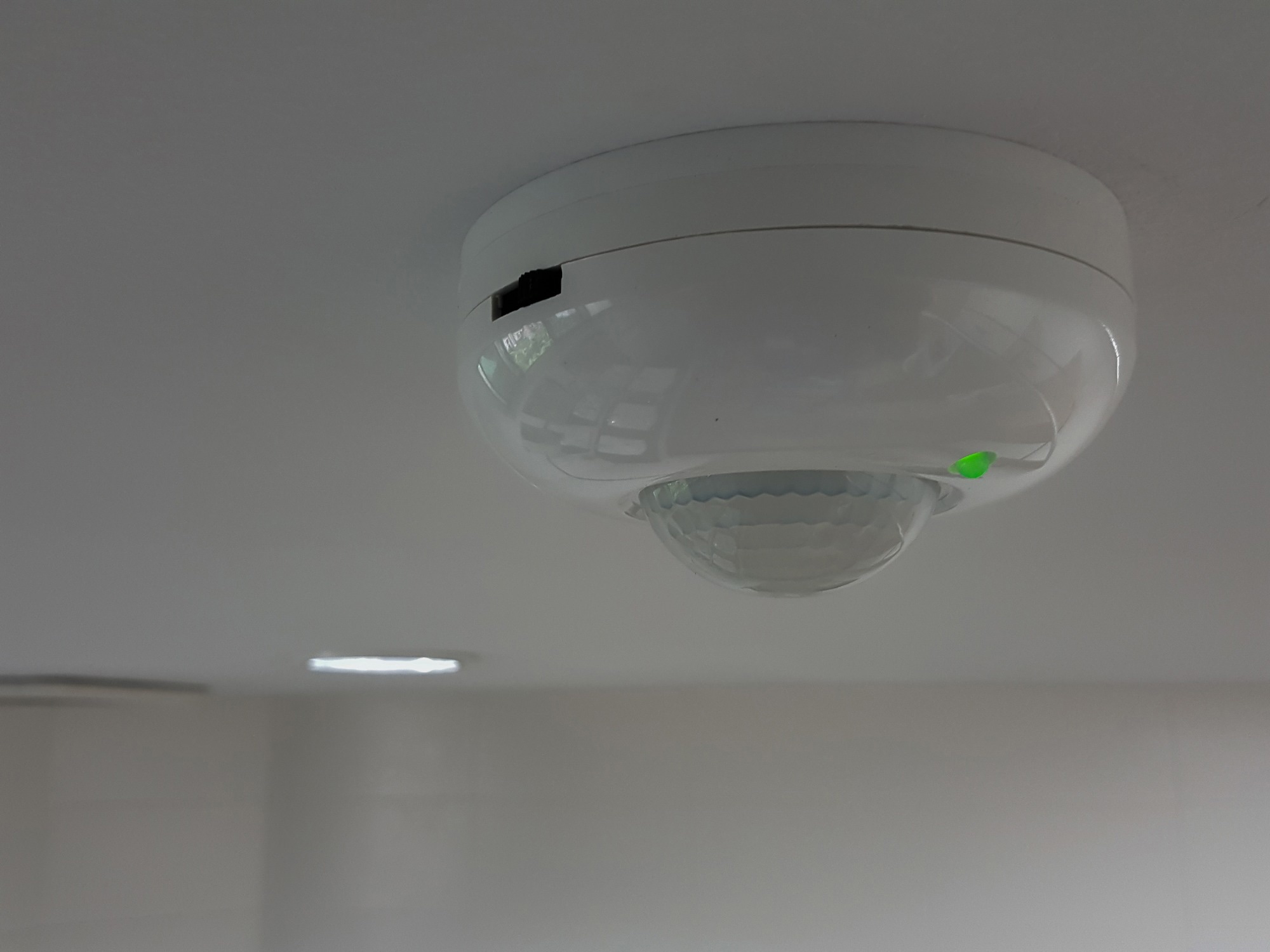In a paper published in the journal Nature Communications, researchers addressed the limitations of existing all-in-one array integration technologies for motion detection and recognition by proposing a macroscale (2 × 2 mm2) integration of a rippled-assisted optoelectronic array (18 × 18 pixels). This array demonstrated remarkable uniformity in the memory window and optically stimulated non-volatile positive and negative photoconductance.
 Study: Shaping the Future of Motion Detection: Rippled-Assisted Optoelectronic Arrays. Image credit: Electrical Engineer/Shutterstock
Study: Shaping the Future of Motion Detection: Rippled-Assisted Optoelectronic Arrays. Image credit: Electrical Engineer/Shutterstock
Notably, it achieved an extensive optical storage dynamic range exceeding 106 and exceptionally high room-temperature mobility up to 406.7 cm V−1 s−1, surpassing the international roadmap for device and systems 2028 target four times. Furthermore, each rippled-assisted optoelectronic processor covered a spectral range from visible to near-infrared (405–940 nm), enabling efficient motion detection and recognition functions.
Related Work
Past work on motion detection and recognition (MDR) technology has primarily relied on complementary metal-oxide-semiconductor (CMOS) image sensors, which struggle in dark environments and lack sufficient memory capacity for processing motion information. Integrating functions such as broadband spectrum detection, non-volatile memory, and processing capabilities into a single device for MDR has remained a challenge. Inspired by snakes' ability to sense visible and infrared light, previous research explored extending motion imaging beyond visible radiation. However, achieving integrated all-day MDR technology with efficient sensing in various lighting conditions has yet to be discovered.
Fabrication, Characterization, Motion Detection
The researchers employed two fabrication processes for the devices: mechanically exfoliating molybdenum disulfide (MoS2) flakes and synthesized monolayer MoS2 v using chemical vapor deposition (CVD). For the mechanically exfoliated MoS2 devices, MoS2 flakes were transferred onto a p-doped silicon substrate with specially treated silicon nitride (sr-SiNx) on top using fixed-point transfer technology. The researchers utilized standard electron-beam photolithography (EBL) to define source and drain electrode patterns. Then they deposited chromium/gold (Cr/Au) electrodes using electron-beam evaporation (EBE). The lift-off process resulted in the fabrication of MoS2 phototransistors. The researchers transferred MoS2 synthesized by CVD on a sapphire substrate onto a SiO2 substrate.
The MoS2 on silicon dioxide (SiO2) was then spin-coated with polystyrene (PS) and transferred onto a specially treated sr-SiNx substrate using fixed-point transfer technology. Source electrodes were patterned using laser direct writing (LDW) technology and deposited by EBE, followed by LDW patterning and physical vapor deposition (PVD) of the separation layer (SiO2) and deposition of drain electrodes by EBE. The researchers used O2 plasma etching to define the MoS2-channel region before completing the lift-off process to fabricate the rippled-assisted optoelectronic array (RAO) array.
Researchers characterized the surface morphology of normal silicon nitride and the specially treated sr-SiNx using atomic force microscopy (AFM). They conducted a cross-sectional analysis of the MoS2 synthesized by CVD using high-resolution transmission electron microscopy (HRTEM) with energy-dispersive X-ray spectroscopy (EDS) elements mapping analysis. Raman spectroscopy was employed to characterize the MoS2 material. The researchers characterized the electrical transport properties of the RAO array using the keysight B1500A semiconductor analyzer. They obtained photoelectric properties by optically stimulating lasers with wavelengths ranging from 405 nm to 940 nm, with corresponding laser powers measured using a light intensity meter.
The process for implementing motion detection involved loading weight matrices of non-volatile positive and negative photoconductance (NPC and PPC), extracting each frame of motion from the input, and dividing these frames into smaller frames measuring 18 × 18 pixels. Each small frame was then mapped with the NPC and PPC weight matrices separately, with the results summed up and converted into image patterns using MATLAB. Researchers extracted specific pixel values from a moving individual riding an electric bicycle in bright and dark environments to simulate real-life motion detection under various lighting conditions.
Cutting-edge RAO Optoelectronic Array
The study introduces a novel RAO fabricated with monolayer MoS2 synthesized via chemical vapor deposition (CVD). This array, comprised of 18x18 pixels, features a specially treated sr-SiNx dielectric layer beneath the MoS2 to enhance optical absorption. High-resolution scanning transmission electron microscopy reveals the interface between the MoS2 and the rippled dielectric layer, confirming the array's structural integrity. Raman spectroscopy confirms the uniformity of the MoS2 films, which is crucial for consistent device performance. The variety exhibits dynamic, non-volatile positive and negative photoconductance in response to optical pulses attributed to hole-trapping centers in the sr-SiNx dielectric. These findings lay the foundation for understanding the array's optoelectronic behavior.
The RAO processor, built on a MoS2 thin film atop a specially treated sr-SiNx dielectric, showcases impressive electrical and optoelectronic characteristics. Transfer characteristics reveal a significant memory window, indicating robust memory effects driven by hole-trapping centers. Photocurrent curves under periodic optical pulses demonstrate multiple states, highlighting the device's programmability for intelligent recognition training. Extensive testing confirms the device's functionality under short light pulses and its ability to maintain stability over multiple cycles, which is crucial for real-world applications.
The RAO array exhibits exceptional versatility for real-world applications, boasting uniform transport characteristics across 80% of fabricated devices. With superior carrier mobility surpassing targets for future semiconductor devices, it offers reliability and performance consistency. Its outstanding optical dynamic range across various wavelengths makes it ideal for intelligent image perception tasks like moving target detection and recognition. Inspired by snake sensory systems, the array achieves efficient all-day motion detection by combining visible and infrared spectra, even in diverse lighting conditions. This mixed-spectrum approach opens new avenues for advanced sensing technologies.
Conclusion
In conclusion, the RAO array presented a promising platform for real-world applications due to its consistent transport characteristics, superior carrier mobility, and exceptional optical dynamic range. Inspired by snake sensory systems, it offered efficient all-day motion detection by combining visible and infrared spectra. This mixed-spectrum approach held great potential for advancing sensing technologies in diverse environments.